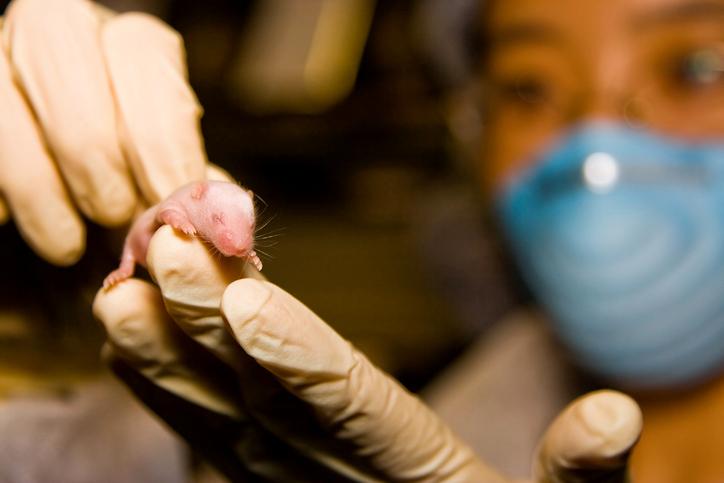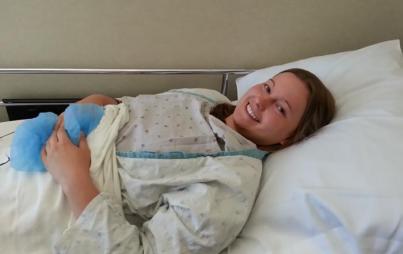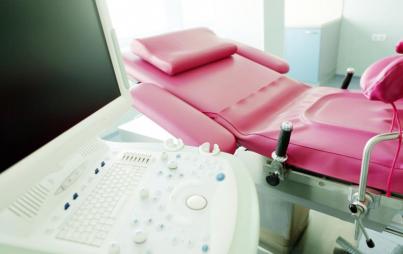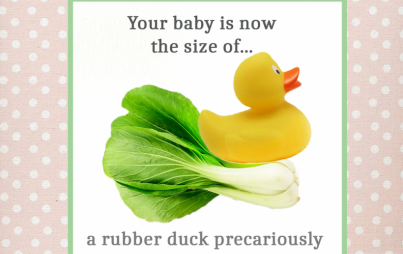
"It's really the holy grail of bioengineering for regenerative medicine."
The world of 3D printing has just made a giant leap forward.
(No, we have not been able to print our own working copies of Chris Pratt. Not that giant of a leap forward, alas.)
Scientists have created a 3D printed mouse ovary. And after they loaded it up with mouse ova — it worked! The two were able to have babies mice!
Basically, what scientists were able to do was re-recreate the structure of an ovary by printing using gelatin, a naturally occurring substance in the body. They already knew what the shapes and textures of the inside of an ovary were like, and they used the gelatin, laid down in very precise layers, to build what they called a scaffold of the very intricate structures inside an ovary.
Once the tiny 3D printed ovary was built, they were able to put living tissue harvested from mice into it — specifically, the follicles holding eggs — and implant the whole thing into a living mouse.
Now here’s the part that’s really blowing my mind: once the faux-ovary (faux-vary?) was inside the mouse, blood vessels attached themselves to the structure and it began functioning like a regular ovary. The follies developed into eggs, the mice mated with other mice, and they went on to have a litter of baby mice!
This is really happening!
Scientists are hopeful that someday we can transfer this technology to humans. It would be particularly useful for people who have lost their fertility due to cancer. If they could build a human ovary substitute, they could remove follicles prior to the patient beginning cancer treatment and implant the faux-vary (yeah, I’m going with it) and the follicles and potentially restore fertility.
Lead researcher Teresa Woodruff is optimistic about the future applications of the 3D printed ovaries. She hopes to be able to test them on humans within a few years.
"It's really the holy grail of bioengineering for regenerative medicine,” she says.







